![]()
Over the last few years, education has adopted many new endeavors that rely on data to tailor the student learning experience. For example, your school may have adopted new initiatives like standards-based grading, mastery-based learning, or a new MTSS/RtI system. All of these systems are build from a need to track student data. But how? In most elementary schools there is no system for this endeavor, especially in Reading.
Nevertheless, collecting (and analyzing) student data can help both teachers and students alike.
The Ghost of Student Data Tracking from School Years Past
Just a mention of data tracking can receive a huge sigh from teachers and students, and it’s no wonder why.
As a student, no one wants to see a graded paper returned to them with a poor score attached to it. It’s cringe-worthy and demoralizing.
As a teacher, no one wants to be the person handing that paper to a student.
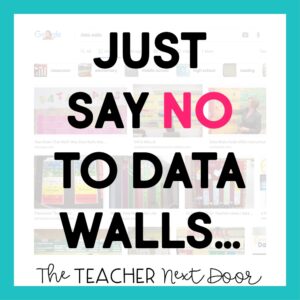
To capitalize on the shame-worthy business that was data tracking of the past, just merely a decade ago, data walls were all the rage. If you haven’t heard of them before, data walls were a place in a school or a classroom where student data was shared publicly for all to see. (No, I’m not kidding. Put “data wall” into a Google Image Search and take a look at what comes up…)
You might be asking yourself, “Isn’t that a breach of student-teacher confidentiality?” The answer is yes.
Some have tried to say that they share student data on the wall using student ID numbers instead of names, but it doesn’t matter. Sharing a child’s scores with anyone who is not the child or the parent or guardian crosses a line.
The Impact & The Remedy
Could you imagine if you walked into school one day to find that your principal had posted every teachers’ evaluation score on a wall for all to see? Even if they used an ID number instead of your name, you know you’d be standing there trying to figure out who was ranked highest and who scored lowest.
Data tracking and management should be done privately and be kept between the teacher, the students, and the parents/guardians.
Relationships matter when data is involved. Students need to trust that you have their best interest at heart. They also must know that you’re there to help them, not hinder them.
I have a way to do exactly that, and you can try it out FOR FREE! Keep reading.
Why Tracking Student Data (The RIGHT Way) is Vital in Today’s Classroom
With constant changes to the classroom setting over the last few school years, students (and teachers) have been provided with little to no routine stability.
Without routine, the upper elementary reading block fails to thrive.
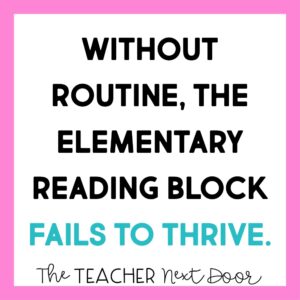
Students need procedures, small group instruction, and consistency to thrive.
Here’s a video on how to use routine, short, and cringe-less reading assessments to measure and track students’ reading progress. With this method, you’ll confidently make instructional decisions, form small groups, and provide a paper-trail for administrators, parents, and if need be, your intervention team.
GRAB YOUR FREEBIES BELOW:
![]()
Interested in reading more? Check out these related posts!
-
What is Standards-Based Grading? Why is It So Hard? And How to Tackle It!
-
Why Reading Centers Are More Important Than Ever in the Upper Elementary Classroom
Thanks for stopping by!
Jenn
 \
\

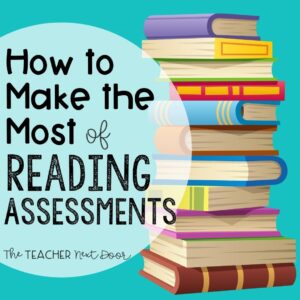

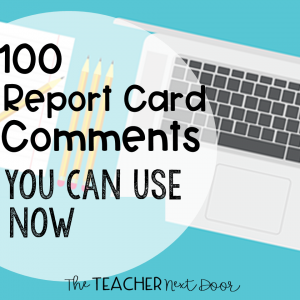

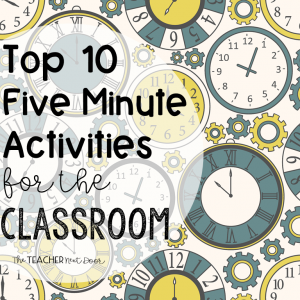


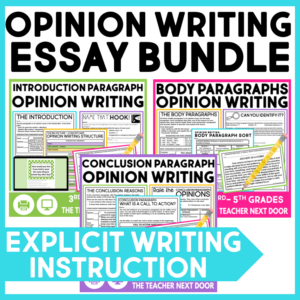


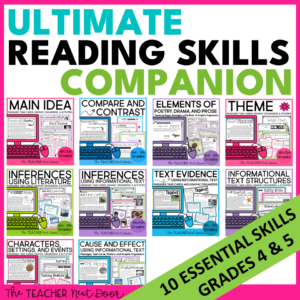
![DAY THREE DROPS! ⬇️⬇️⬇️
👉 Today, you can…
✔️ Grab done-for-you resources to keep your students engaged for $3
✔️ Grab FREE instant download activities!
✔️ Grab all of this week’s deals if you missed any!
ALL 5 of these comprehensive resources from my shop are $3 today to help fight spring fever in your classroom! 🌸🌼🌷
✏️ [BRAND NEW] Step-By-Step Personal Narrative Unit
✏️ Paired Texts Fiction to Nonfiction for Spring
✏️ 4th Grade Morphology & Vocabulary Unit
✏️ Main Idea Unit for 4th & 5th Grades
✏️ Figurative Language Complete Unit for Busy Teachers
Want the link to all the deals and freebies? Comment APRIL PARTY and we’ll send it directly to your DMs! 📫💌
PS - Don’t forget that you can still access all the Day 1 and Day 2 Deals too! 🩷](https://the-teacher-next-door.com/wp-content/plugins/instagram-feed/img/placeholder.png)

